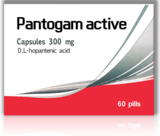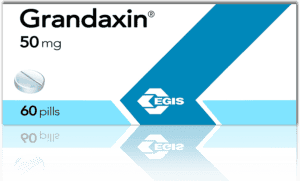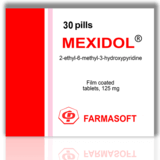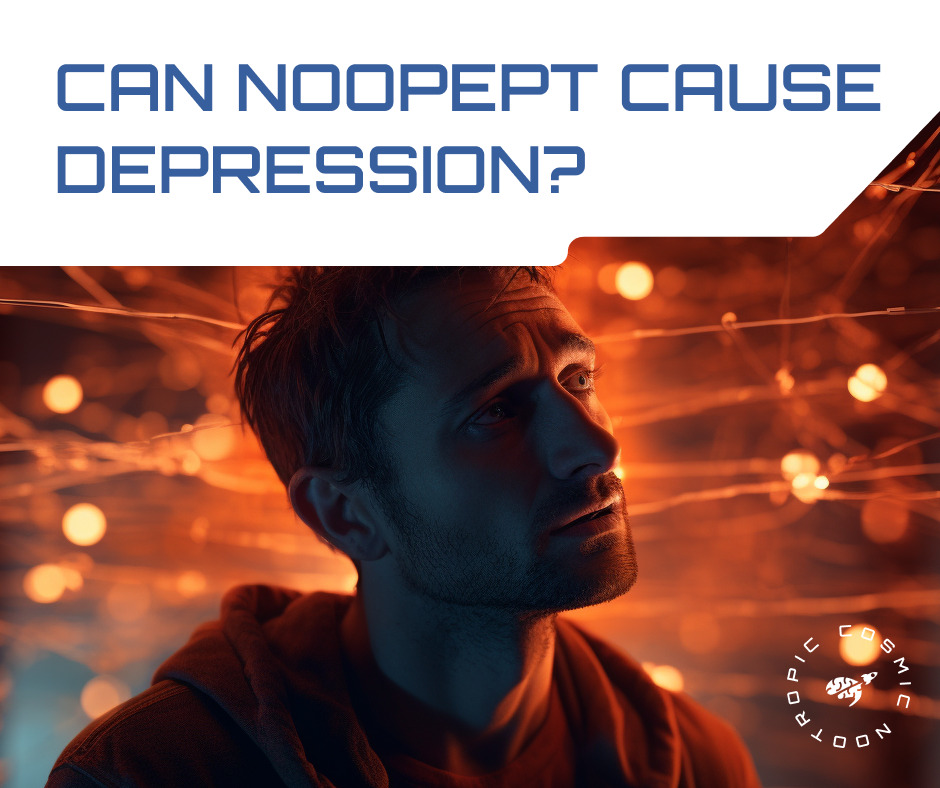Alternative to Benzodiazepines to Treat Anxiety Disorders
October 4, 2017
As of today, anxiety disorders are one of the most common psychological disorders in the world. According to statistics, about 18% of the population in the United States suffer from anxiety disorders, and most of such people do not receive the needed treatment.
The typical treatment for anxiety is Benzodiazepine tranquilizers. They usually act by binding to the benzodiazepine receptor site on the GABA-A receptors. Benzodiazepines have a pronounced anti-anxiety effect, but they also have significant side effects e.g. drowsiness, muscle relaxation, cognitive impairments, addiction potential.
The following article is a review of the GABAergic drugs that are mostly used in the former Soviet Union and might be a good alternative to benzodiazepines.

Pantogam has a novel racemic modification called “Pantogam Active”, which is marketed since 2008. The modified version has more pronounced anxiolytic and anticonvulsant effect because of the different racemic mixture.


One of the most important properties of Adaptol is its low toxicity. Russian medical journal “Psychiatry” reported a case when a patient with schizophrenia took 80 pills of Adaptol (24 grams) daily for two months in his attempt to self-medicate. His subjective well-being remained unchanged and he showed no symptoms of intoxication after a medical examination.

Tofisopam is a 2,3-benzodiazepine derivative, while most widely used BZDs like Lorazepam are 1,4 benzodiazepine derivatives. Because of such structural differences, it has a different mechanism of action. One of the most important benefits of Grandaxin over typical Benzos is the lack of addictive potential.
Rather than causing sedation and impairment of cognition, Tofisopam was shown to produce a subtle stimulant effect by increasing the sensitivity of dopamine receptors. It does not bind to benzodiazepine receptors but is able to potentiate the effect of other BZDs.
Phenibut (Beta-Phenyl-GABA) was designed in the 1960’s by Soviet scientist as a non-sedating anxiolytic drug.
Initially, it was used by astronauts; as of today, Phenibut is widely prescribed by Russian doctors for the treatment of anxiety disorders, chronic fatigue, insomnia and alcohol withdrawal syndrome.
Phenibut acts as a GABA-B receptors agonist and is able to increase dopamine levels in the brain. This drug is highly effective for anxiety, however, it may be habit-forming if used irresponsible and is known for its abuse potential.
Picamilon (nicotinoyl GABA) is a derivative of GABA and niacin (Vitamin B3) developed for the needs of Soviet psychiatry.
Unlike GABA itself, Picamilon is able to penetrate the blood-brain-barrier and produce an anxiolytic effect. Besides that, the drug does have nootropic properties and is shown to improve cerebral blood flow and glucose/oxygen uptake by the brain.

Although this drug does not bind to GABA receptors, it does increase their sensitivity, thus providing the anxiolytic effect. According to studies, a coadministration of Mexidol with Phenazepam in low therapeutic doses provides the same anxiolytic response as Phenazepam alone in 10x higher dose.
Stresam (Etifoxine) is a benzoxazine derivative with anxiolytic action developed in 1966 in Germany. Currently, it is manufactured in France and is used in over 42 countries across the world, mostly in Russia and South Africa.
Etifoxine provides anxiolytic effect comparable to that of Lorazepam and Diazepam, without causing adverse effects that are typical for benzodiazepines.
Stresam acts by interacting with GABA-A receptors on a different binding site than benzodiazepines. It also stimulates the synthesis of endogenous neurosteroids with anxiolytic activity and does have neurotrophic properties. Etifoxine should be taken with caution as it may cause allergic reactions and can be hepatotoxic.
Phenazepam is a benzodiazepine tranquilizer developed in the 1974 in Soviet Union.
The drug is widely used in post-soviet states. Its pharmacological action, side effects and indications for use are similar to that of other benzodiazepine drugs. Just as other 1,4-BZDs, Phenazepam has addictive potential.
Currently, Phenazepam, Gidazepam, and Tofisopam are the only benzodiazepine derivatives that are not considered as narcotic drugs in Russia.
Gidazepam is a benzodiazepine tranquilizer that is currently used as a mild anxiolytic in Ukraine. It appears to have mild antidepressant effect and less severe side effect compared to other benzodiazepines; thus, Gidazepam the official indications for use include neurasthenia which is uncommon for BZDs.







